|
Terarra Creek campground Nangar National Park was gazetted
in 1983 & now protects an area of over 9,000 hectares with significant
natural beauty & heritage. There are five main vegetation communities,
White box woodland is found on the low sheltered slopes,
Blakelyís Red Gum & White Cypress woodland in the sheltered gullies,
Red Stringybark or Scribbly Gum woodland on the low, dryer
slopes, Mugga Ironbark & Red Stringybark woodland on the
sheltered slopes, while Tumbledown Gum woodland is found on the
rocky exposed areas. Many beautiful flowering plants can be seen
especially in spring. |
||
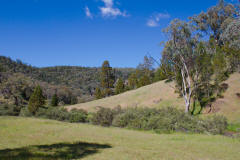 |
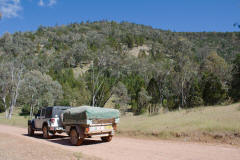 |
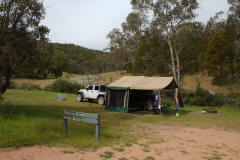 |
 |
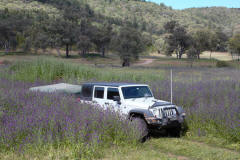 |
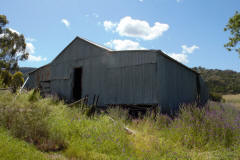 |
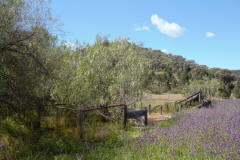 |
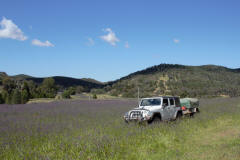 |
 |
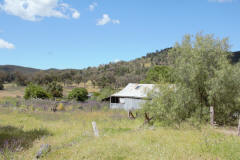 |
 |
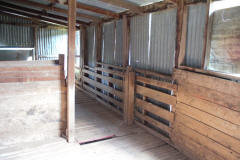 |
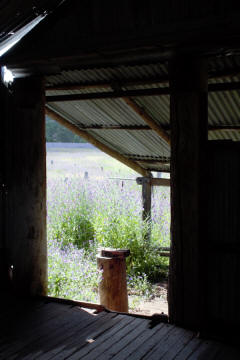 |
 |
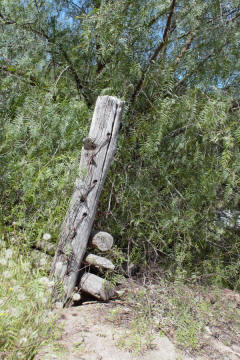 |
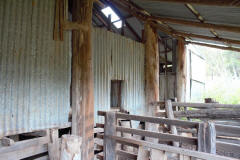 |
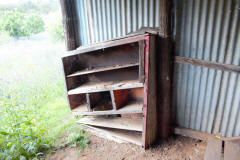 |
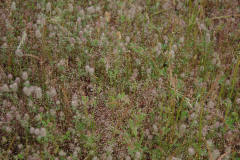 |
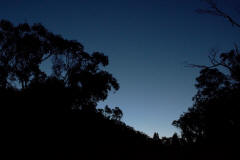 |
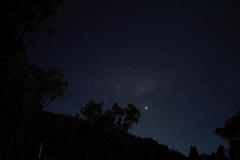 |
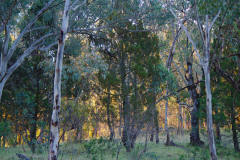 |
 |
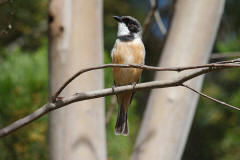 |
 |
| eastern grey kangaroo with joey | rufous whistler | eastern robin |
 |
 |
 |
| white-plumed honeyeater | rufous whistler | white-plumed honeyeater |
 |
 |
 |
| white-naped honeyeater | yellow-faced honeyeater | rainbow bee-eater |
|
one two |
||
